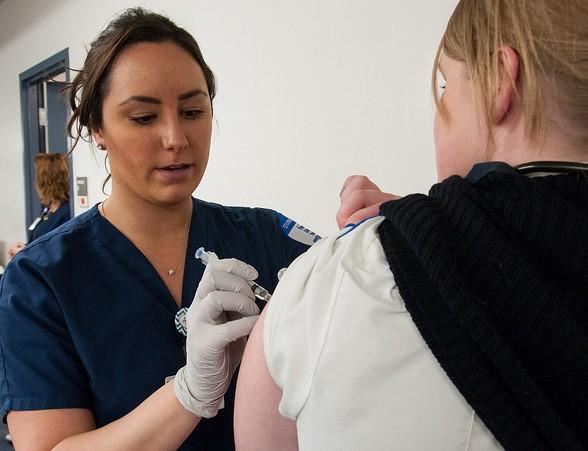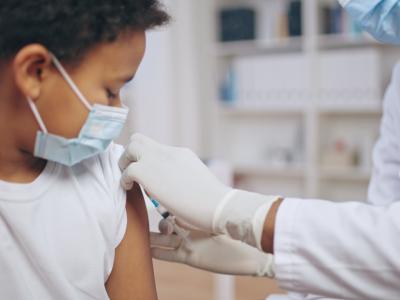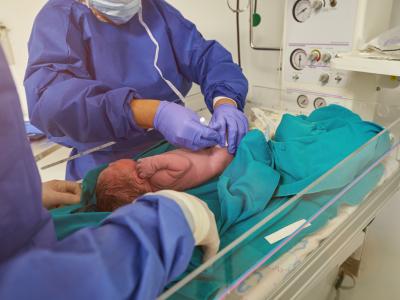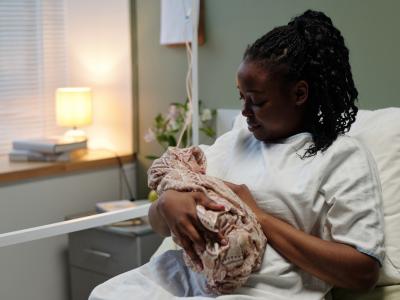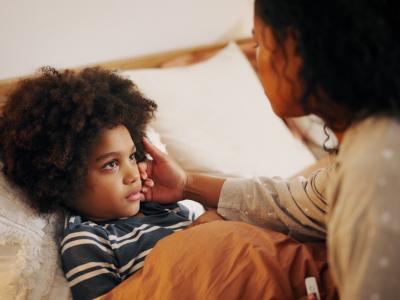A study conducted at a community hospital in New Jersey highlights the excess costs associated with recurrent Clostridioides difficile infection (CDI), researchers reported this week in Infection Control & Hospital Epidemiology.
The retrospective study of patient medical records by clinicians at AtlantiCare Regional Medical Center included patients who had three or more inpatient admissions due to CDI from January 2017 through December 2020. Although few studies have looked at the net economic impact of treating recurrent-CDI patients at the hospital level, healthcare costs for recurrent cases are notably higher than they are for an initial CDI case.
CDI is the most common cause of hospital-associated diarrhea, affecting more than 500,000 Americans annually. An initial episode is a known risk factor for recurrence. An estimated 25% to 30% of patients with an initial CDI case experience a recurrence, and 50% to 65% of patients with one recurrence experience subsequent cases.
Net loss of more than $2 million
Among the 29 patients included in the analysis (median age, 58.9 years; 55% female), there were 108 admissions, 1,006 inpatient hospital days, and 74 days in the intensive care unit over the study period. Patients had a median of three admissions, with a median length of stay of 7 days. Total hospitalization costs were estimated to be $3,352,400, and the estimated reimbursement received by the hospital was $1,119,043.
"Thus, we estimated that the community teaching hospital had a net loss of $2,232,997 over the 4-year period due to CDI-related hospitalizations," the study authors wrote. "This translates to a net loss per patient of approximately $77,000 over the 4-year study period."
The authors add that their analysis may underestimate the true financial losses incurred, since they assumed full reimbursement, and that may not always be the case.
They concluded, "Our findings indicate that there is an ongoing cycle of CDI admissions among a subset of patients who experience CDI, which poses a substantial economic impact on the hospital."

.jpg)
